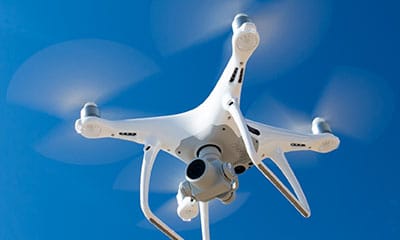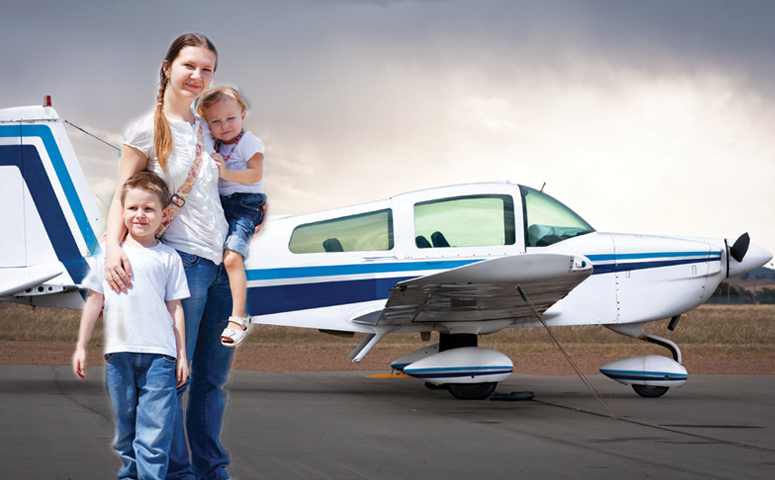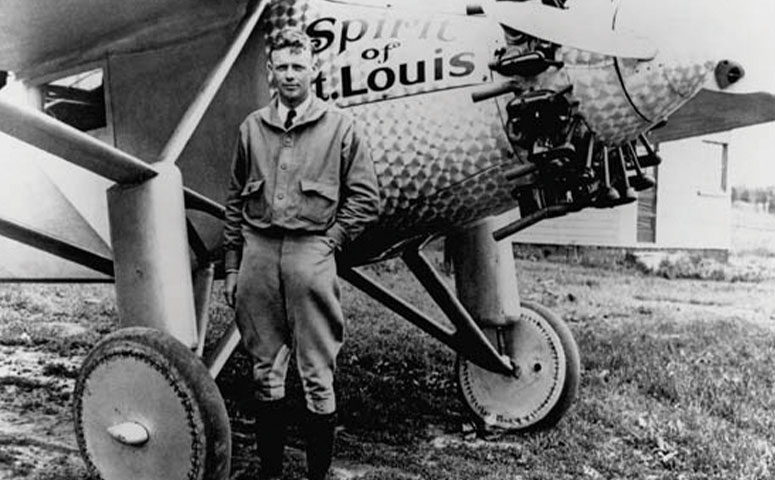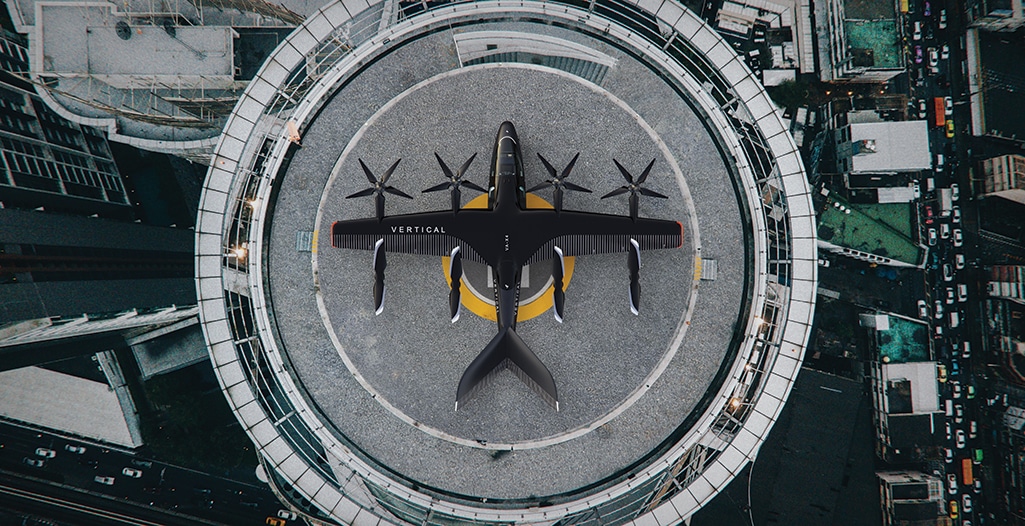Ensuring Safe Skies: The Role of Air Traffic Control in Drone Integration
The use of drones has skyrocketed in recent years, transforming many existing industries and driving the development of entirely new ones. However, the proliferation of drones has also created new safety concerns and monitoring challenges.

One of the most significant issues is that an air traffic control (ATC) system originally designed to track larger aircraft, and fewer of them, must now contend with skies dotted with vehicles that, while smaller, nevertheless pose substantial risks. Managing the safe operation of drones in shared airspace and enabling them to coexist with manned aircraft has become a critical focus.
This article delves into the complex dynamics of increasing drone use and ATC integration.
Ensuring Safety in Increasingly Congested Airspace
Protecting flight crews and passengers must be everyone’s top priority as the number of airborne vehicles climbs. Technologies that will assist with that goal include Unmanned Aircraft Systems Traffic Management (UTM) systems, remote identification, and tracking systems.
UTM systems, for example, help coordinate drone traffic in low-altitude airspace by using automated communication networks to share real-time airspace status. Multiple countries are leveraging this approach and finding it to be useful. Results from U.S. pilot programs are encouraging, pointing to the effectiveness of this type of integration in managing drone operations. In Europe, projects are experimenting with integrating drones into existing air traffic control frameworks.
Communication Technology as the Foundation of Effective Drone Flight Coordination
Safe and efficient use of airspace requires reliable communication and coordination between drones and air traffic control. Standardized communication protocols, like those used for manned aviation, are also essential.
Advanced communication technologies, including satellite communication, will play a critical role in maintaining uninterrupted connections, especially for Beyond Visual Line of Sight (BVLOS) flight operations. The interactions between drones and air traffic control will potentially generate huge data volumes, making air traffic control infrastructure upgrades essential.
Collaborative efforts are underway to address this challenge, including pilot programs, data gathering and real-world testing of new communication technologies and protocols that are helping the aviation industry identify potential issues and refine systems before they are implemented at scale.
Economic Challenges
Integrating drones safely into our airspace will be a costly endeavor. From UTM and advanced networks to air traffic control infrastructure upgrades, the price tag is high for new systems and infrastructure that can accommodate higher data volumes and meet communication demands.
Clearing those economic hurdles will require significant efforts by public and private-sector entities. Factors like the emerging nature of drone applications and their unknown long-term economic impacts may cause some governments and investors to be cautious about their involvement. However, many have embraced the benefits that drones already offer and are excited about future developments.
Navigating the Regulatory Landscape
Given the rapid increase in drone use, it is unsurprising that the regulatory environment varies widely around the world. In the U.S., the Federal Aviation Administration (FAA) has established guidelines for drone operations, while the European Union Aviation Safety Agency (EASA) oversees the standards.
Crucial regulatory issues being addressed include BVLOS operations, which are essential for many commercial applications but currently restricted due to safety concerns. Privacy is another important consideration since drones can collect information that was previously difficult or impossible to gather, making them potential surveillance tools and raising issues about data protection.
The Rise of eVTOLs
While drone use is rapidly increasing, efforts are also underway to integrate electric vertical take-off and landing (eVTOL) aircraft into our airspace. That movement amplifies the need to update the technologies and processes currently used to monitor and manage flights.
If eVTOL operators are going to operate hundreds or thousands of flights around cities successfully any time soon, the entire air traffic control framework will have to be automated.
Exciting Times for Aviation
Aviation is at an inflection point the scope of which it hasn’t seen in a long time, if ever. Despite the understandable safety concerns, significant technological challenges, and considerable economic hurdles, new aircraft like drones and eVTOLs are changing the industry in countless positive ways.
Stakeholders see the challenges before us and are working collaboratively to understand and overcome them. Chief among those hurdles is effective and reliable integration between drones and air traffic control that will enable manned and unmanned aircraft to share our airspace safely and fairly.
The good news is that tremendous progress has already been made, and pilot programs and data collection efforts worldwide continue to expand our understanding of the issues and the various ways to address them. Ultimately, the advances are creating positive momentum that will help our industry achieve its goals.




